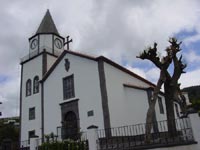Population: 1605 inhabitants (Census 2011)
Population density: 112,2 hab/km²
Distance to the centre of the municipality: 4,3 km

History
Civil parish created in the 14th century with its origins in a Hacienda granted to Polish Fidalgo André Gonçalves de França. His son, João de França, built the chapel of Nossa Senhora da Graça (Our Lady of Grace), where the new parish would later be created and installed and also the seat of the estate he founded in 1503. Another early settler, judge of orphans (person who would regulate all matters concerning orphans) and noble squire, Francisco Homem de Gouveia established himself here in the 16th century and founded the estate and chapel of Reis Magos (Wise Men).
The name Estreito meaning strait (gorge, valley or deep), originated possibly in reference to a smaller area taking on this description because the civil parish, as a whole, does not present this orographic layout.
A region of enormous natural beauty "The houses up there, right on the mountain crest; the fields at your feet, subject to the persistent work of men...the smell of fresh earth, the orchards and the abundance...This is Estreito da Calheta, authentic, sunny and real. Just waiting for a sensitive visitor to enjoy.”
Built Heritage
Parish Church of Nossa Senhora da Graça
João de França, son of André Gonçalves de França, built the Chapel of Nossa Senhora da Graça (Our Lady of Grace). In turn this sanctuary originated the new parish and was also the seat of the estate he founded in 1503. João de França died around 1511, and was buried in the chapel.
It was then converted into the parish church and was, through the years, continuously added to and rebuilt. The current temple was built in 1791 and consecrated in 1793. The church had work done on it between 1968 and 1971 in which the façade and tower were altered.
|
|
 |
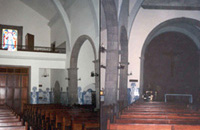 |
|
||
Chapel of Nossa Senhora da Conceiçao
Located at Sítio da Igreja, the chapel was founded by André de França Andrade, in 1673, on his estate. He was the first Conde da Calçada (1812-1906) being the last representative of his home. "(...) The vast estate was sold in parts by its last owner, the chapel and manor house too."
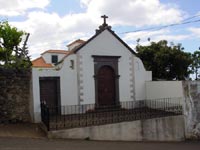
Infrastructures
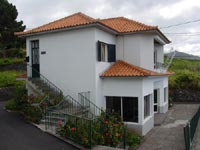 |
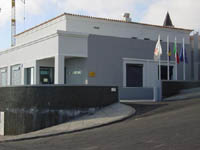 |
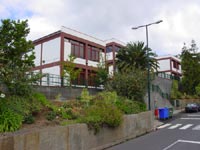 |
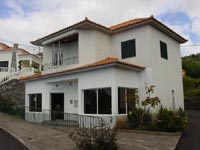 |
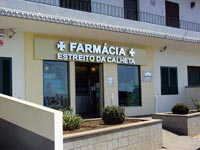 |
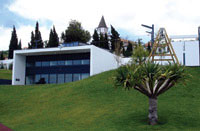 |


